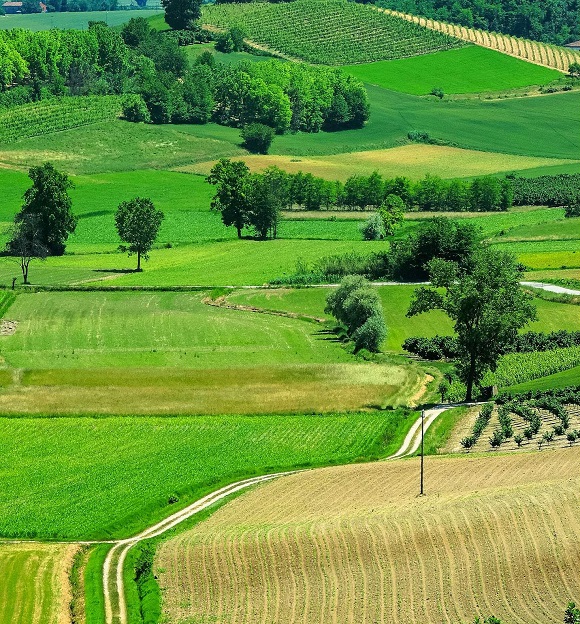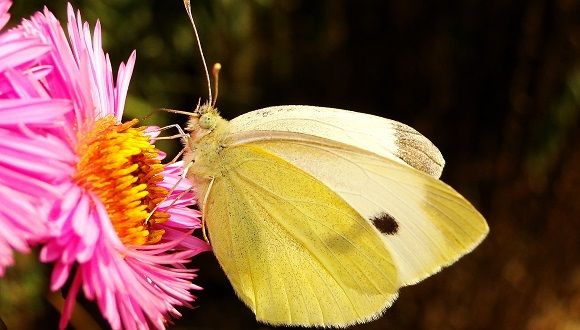Promoting borders between crops is vital to pollinator survival
Two CREAF researchers have taken part in the study, which shows that small, irregularly shaped fields on farmland boost the number and abundance of species. This is because pollinators use crop borders as highways or corridors for movement and protection. The trend of ever larger crop fields is endangering insect pollinator populations and their ability to pollinate crops

The body of scientific evidence that monoculture is the scourge of pollinators continues to grow. This week, Proceedings of the Royal Society B has published a study led by the University of Göttingen (Germany) which shows that insect pollinator numbers and biodiversity surge when farmland is laid out as small, irregularly shaped crop fields. This happens because arranging land in such a way means more borders between crops, and those borders are vital to maintaining healthy populations of insect pollinators
Insect pollinator numbers and biodiversity surge when farmland is laid out as small, irregularly shaped crop fields.
A border of grasses and ruderals which enable insects to thrive always forms naturally between two crop fields. CREAF researcher Jordi Bosch explains that he and his colleagues from CTFC have found that such borders act as highways for insects. Having more borders results in better connected fields, improved pollen transfer, greater pollinator mobility, and better conditions for such insects to reproduce and find food. The researchers actually observed that rises in pollinator populations stemming from an increased number of borders boosted seed quantity and productivity in every crop field they examined. The study was carried out in 229 different farmland areas in France, Germany, the UK and Catalonia.

“One step at a time, science is making it clear that we need to halt the current trend of constantly increasing the size of crop fields”, says Lluís Brotons, a CSIC researcher based at CREAF and one of the study's co-authors. He explains that monoculture farming not only involves greater use of chemical products but also turns land into a green desert with no borders to act as the corridors insects require to survive and carry out pollination. Unless the trend in question is reversed, he concludes, “we won't be able to restore insect populations or recover the ecosystem services they provide, and we'll be putting agricultural productivity and the proper functioning of ecosystems in general at risk”.
REFERENCED SCIENTIFIC PAPER
Hass A.L., Bosch J., Brotons L., et al. (2018). Landscape configurational heterogeneity by small-scale agriculture, not crop diversity, maintains pollinators and plant reproduction in western Europe. Proceedings of the Royal Society B, Volume 285, Issue 1872. DOI: 10.1098/rspb.2017.2242







